This article was co-authored by wikiHow Staff. Our trained team of editors and researchers validate articles for accuracy and comprehensiveness. wikiHow's Content Management Team carefully monitors the work from our editorial staff to ensure that each article is backed by trusted research and meets our high quality standards.
This article has been viewed 16,906 times.
Learn more...
Whether you're a student headed to school on a hot day or a teacher trying to cool down the classroom, there are lots of ways to fend off the heat. If you're a student, bring water with you to school, put on sunscreen, and pack a lunch full of cold foods to keep you cooler. As a teacher, pull the blinds or curtains closed and limit the time your students spend outdoors if possible. By following a few hot weather tips, you'll have cooled down in no time!
Steps
Keeping Your Body Cool
-
1Choose light-colored clothing to wear. Light-colored clothing reflects the light, making you feel cooler. If possible, opt for clothing with a loose fit that won't cling to your body. Pick out natural fabrics, such as cotton or linen, in colors like white, yellow, or pastels.[1]
- If you wear a school uniform, try to adapt your uniform to help keep you cooler. For example, roll up the sleeves of your shirt or opt for ankle socks instead of knee socks.
- Make sure you don't break your school dress code when trying to pick an outfit that will keep you cool—your shorts and skirts should still be the appropriate length. Check your school handbook to find out any rules about what kinds of shirts you can and can't wear.
-
2Wear breathable shoes to keep your feet cooler. If you're planning on being active, tennis shoes with cotton socks are a good shoe choice. Sandals with straps are a stylish option that will also be comfortable and efficient. Stay away from heavy boots or shoes made of fabrics that don't let air in and out.[2]
- Make sure your shoes adhere to your school dress code—for example, some schools don't allow flip flops.
Advertisement -
3Put on sunscreen before school if you know you’ll be outside. This will not only help keep you cool, but it will protect your skin from harmful UV rays. Choose a sunscreen that isn't super sticky, putting it on before you leave for school and asking a family member to help if necessary. Pay careful attention to your face to make sure you don’t get burnt.[3]
- Stick sunscreens are great for your face, while rub-in lotion sunscreens are best for the body as they're less sticky than spray sunscreen.
- Make sure the sunscreen is SPF 30 or higher.
- Consider bringing sunscreen with you to school in case you need to reapply before recess or sports, adding more to your arms or face.
-
4Bring a bottle of water to school and stay hydrated all day. When it’s hot outside, it’s very important to drink lots of water, even if you’re not feeling thirsty. Fill up a water bottle full of cold water and keep it with you throughout the day, taking sips regularly.[4]
- If you don’t have a bottle of water, visit the water fountain often to stay hydrated.
- Stay away from sugary or caffeinated drinks—these can cause dehydration.
-
5Pack a lunch full of light, cool foods in an insulated lunch box. Eating a big heavy meal is going to make you feel sick if it’s super hot outside. Try to pick out foods like salads, fruits, and vegetables to go in your lunch to help keep you cool and nourished. Place your lunch in an insulated bag so that it stays cool all day.[5]
- Other lunch item ideas include chicken salad, Greek yogurt, cheese and crackers, pasta salad, hard boiled eggs, and hummus with pita bread.
- Pack extra water in your lunch.
-
6Opt for the shade whenever you’re outdoors, if possible. Try to find a shady spot if your class goes out to recess, and avoid doing lots of physical activity to help keep you cool. If you walk to or from school, look for a path that’s covered with trees to walk in the shade.[6]
- You can even bring an umbrella with you to school to create your own shade while walking around.
Creating a Cool Classroom Environment
-
1Limit the time your students spend outdoors. If it’s a super hot day out, consider having recess indoors or in the gym if possible. If recess has to happen outside, think about having it in the early morning when it isn’t so hot, or find shady spots for your students to rest under while they’re outdoors.[7]
- If you typically have a long recess, it might be best to shorten it on days when the temperature is very high.
- If no shady spots exist, bring an umbrella outside in case a child needs to cool down under it.
-
2Encourage your students to drink plenty of water. If your students brought their own water bottles to school, allow them to drink from them regularly. It’s also a good idea to make frequent water fountain trips, especially before and after the class goes outdoors in the heat.[8]
- Have an emergency supply of cool drinks for your students, if possible.
-
3Use the blinds or curtains on your classroom windows if possible. If your classroom has a way to cover up the windows to shield any sunlight, use the blinds or curtains to help block the sun. This will keep your classroom cooler and your students more focused.[9]
- If your classroom doesn't have blinds or curtains, hang a sheet or towel over the windows using thumbtacks to block out the sunlight.
-
4Bring in extra fans to circulate the air. Plug portable fans into the outlets in your classroom, positioning the fans around the perimeter of the room so that everyone can feel the air. Bring in fans from your own home, or ask the school if they have any extra fans you can use in the classroom.[10]
- Unplug the fans when you and the class aren’t in the room.
-
5Treat your students to popsicles as a cool-down snack. This works well if you have access to a freezer at school and can keep the popsicles ready for hot days. Give each student a popsicle after they’ve come in from recess or a long time spent outdoors, or you can treat them to the popsicles while they’re still outside.[11]
- Have paper towels or napkins ready as popsicles can be messy.
Warnings
- Make sure to apply sunscreen to avoid getting sunburned.⧼thumbs_response⧽
- Find help if you or someone you know is showing signs of a heat-related illness.⧼thumbs_response⧽
References
- ↑ https://riseandshine.childrensnational.org/8-tips-for-keeping-cool-on-a-hot-day/
- ↑ https://riseandshine.childrensnational.org/8-tips-for-keeping-cool-on-a-hot-day/
- ↑ https://education.nsw.gov.au/student-wellbeing/health-and-physical-care/hot-weather
- ↑ https://riseandshine.childrensnational.org/8-tips-for-keeping-cool-on-a-hot-day/
- ↑ https://babyfoode.com/blog/10-easy-healthy-school-lunches-for-warm-weather-no-sandwiches/
- ↑ https://www.nhs.uk/live-well/healthy-body/heatwave-how-to-cope-in-hot-weather/
- ↑ https://www.cdc.gov/features/extremeheat/index.html
- ↑ https://education.nsw.gov.au/student-wellbeing/health-and-physical-care/hot-weather
- ↑ https://www.nhs.uk/live-well/healthy-body/heatwave-how-to-cope-in-hot-weather/



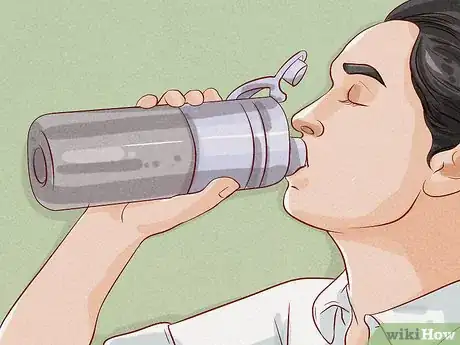
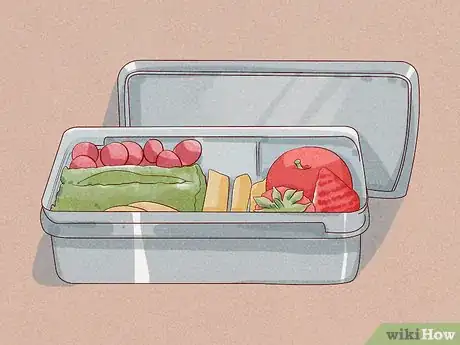
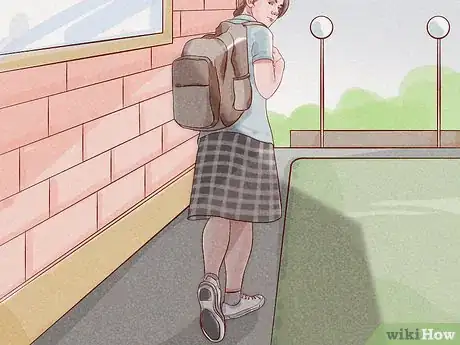

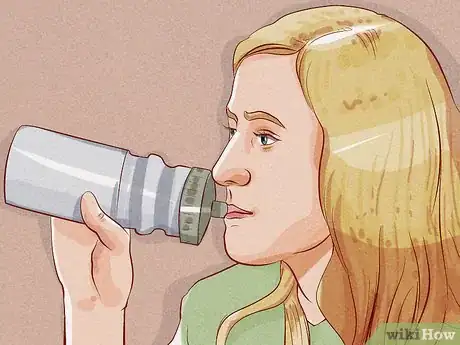

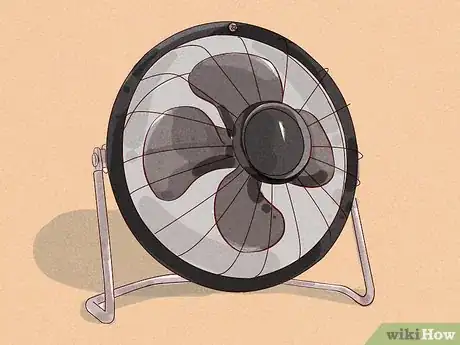
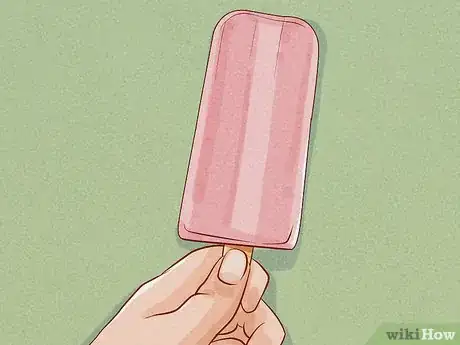






-Step-13.webp)


-Step-14-Version-2.webp)
-Step-14-Version-2.webp)

-Step-11-Version-2.webp)














































